On
April 9, Atomic Think Tank of Tencent News, Tsinghua PBCSF, and Tsinghua
University National Institute of Financial Research (NIFR) co-hosted a dinner themed
“Future of Finance and Trade in China under Top-level Design” for the Boao
Forum for Asia (BFA) Annual Conference 2018.
The event
brought together over 20 distinguished guests, including CHEN Juhong, Vice
President of Tencent, ZHU Min, Chair of Tsinghua NIFR, Justin Yifu LIN, Honorary
Dean of the National School of Development at Peking University, TU Guangshao,
Vice Chairman and President of China Investment Corporation (CIC), and Robert
Koopman, Chief Economist of WTO.
During
the keynote speech and discussion sessions moderated by ZHU Min, the guests explored
how much impact the China-US trade friction had, how the outbound and inbound
investment drove growth, and how to fend off risks in an open financial system.

China-US Trade War
The
discussion kicked off as ZHANG Yuyan, Director of the Institute of World
Economics and Politics at the Chinese Academy of Social Sciences, raised
questions over the very concept of trade war: What is it? What are the
differences between trade friction, trade conflict, and trade war?
In response,
Robert Koopman noted that what is happening
between China and the US does not fall into the realm of a typical trade war. China
and the US are WTO members, and as the organization’s rules mandate, they both have
the right to retaliate for dispute settlement. The right can only be used in
compliance with rules upon approval from some competent independent third party,
but it is rule-based nonetheless. By contrast, however, “trade wars get around
rules. Trade disputes spiral into wars when they grow to considerable scale and
break out of rule-based systems.”
Currently,
the tit-for-tat tariffs hit roughly USD 200 billion worth of trade, or 1/3 of
the total China-US trade, which is a staggering amount, he added.
Koopman
also suggested that by using the Section 301 of the Trade Act of 1974 instead
of WTO rules, the Trump administration intended a return to the 1980s, when the
US won the trade war against Japan, securing favorable concessions and
effectively reducing its deficit with Japan. The weapon used in the fight, the
Section 301, allows US to take unilateral action against countries for legislative
or administrative violation of agreements or discrimination against US
interests.
According
to Justin Yifu LIN, the US trade conflicts with China and other trading
partners are triggered by its trade deficit, which in turn results from insufficient
savings and the US dollar’s role as the world’s top reserve currency. This means
that the country can run trade deficit forever. However, the Trump
Administration does not see this and insists that other countries, including
China, should take the blame.
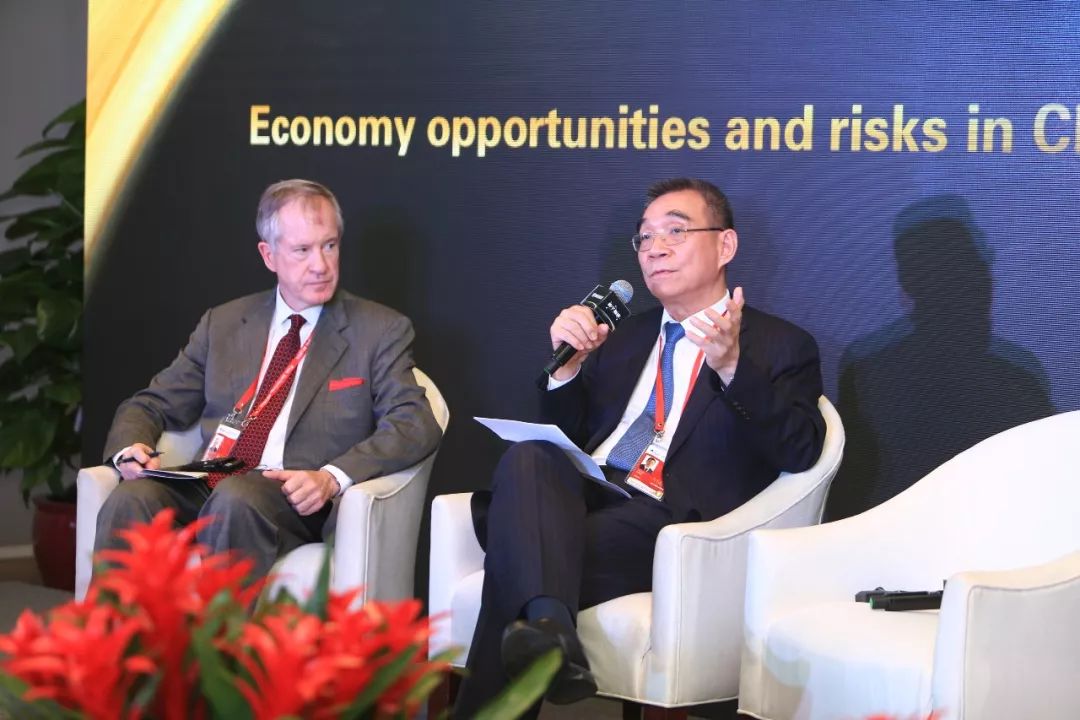
Hans-Paul
Burkner, Chairman at the Boston Consulting Group (BCG), said that increasing
tariff cannot drive up domestic savings, let alone fix trade deficit. The US
needs to address problems at both macro and micro levels. That is where they
can find a way out.
JU
Jiandong, Unigroup Chair Professor at Tsinghua PBCSF, believed that the
disputes over China’s intellectual property and fair trade practices were open for
negotiation. The US should see the development of China to its advantage and
vice versa, as such development is bound to deliver win-win results. However, any
attempt to seek growth at the cost of other countries is too much to be settled
through negotiation.
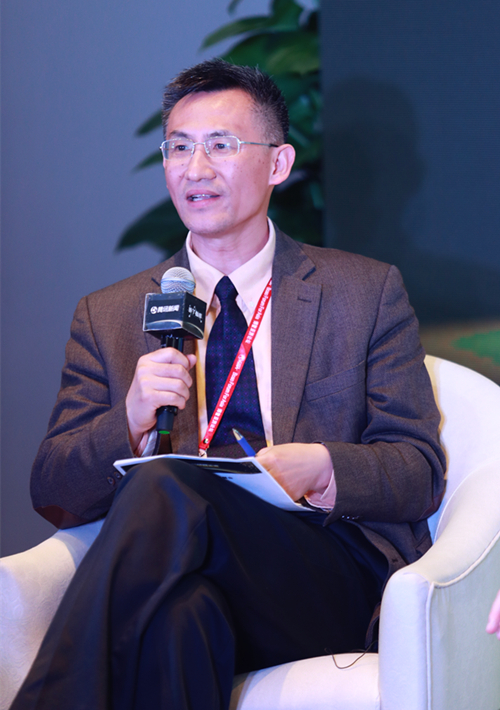
China’s Inward and Outward Investment
Talking
about trade frictions, LI Jiange, Director of the SUN Yefang Economic Science
Foundation and NIFR adviser, argued that Americans are indignant at China’s trade
surplus, but they overlook the capital flow deficit China is to experience soon,
when more investment flows outbound than inbound.
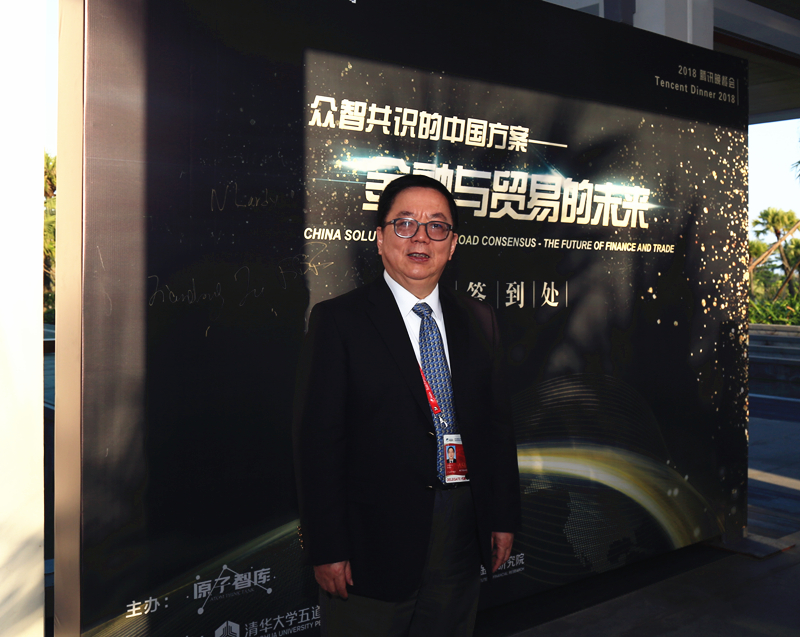
His
view was shared by TU Guangshao, who described the investment inflow and
outflow as two major drivers for cross-sector capital movement, a new earmark
of China’s role in global economic integration.
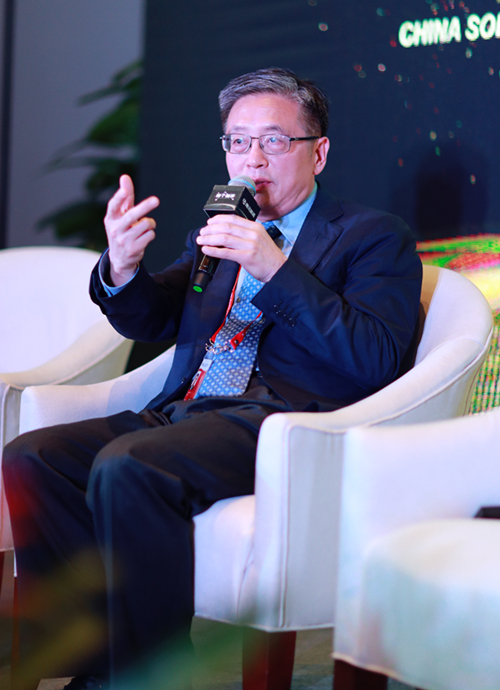
As to the next generation of outbound investors, LIU Yonghao, Chairman of the
privately-held New Hope Group, predicted that the private sector would play an
increasingly prominent role in China’s overseas investment, potentially
replacing the SOEs as the dominant player.
Nicholas
Lardy, Anthony M. Solomon Senior Fellow at the Peterson Institute for
International Economics, also confirmed that since the 2008 financial crisis, China’s
state-owned businesses have seen their overall profitability drop by 60% to
70%. This calls for ramped up efforts in SOE reforms, to address the cause of the
poor performance.
Justin
Yifu LIN agreed, acknowledging China’s need to remove market distortions and
allow the market to function efficiently, notably by tapping into
innovation and entrepreneurship. He argued that China stands a good
chance to leapfrog the developed countries in technology and institution
development.
As
he explained, the country has a huge population, which offers a large talent
pool for innovative ideas and an enormous market. If an invention is well
received in the Chinese market, chances are it can secure a place in the global
market, presenting an opportunity for China.
Appropriate Financial Regulation
Financial
contagion that comes with globalization makes it necessary to constantly adjust
financial regulations, turning financial risk prevention into a relentless practice
of moderation.
LI
Ruogu, former President of China Export-Import Bank, shared his concerns that “the
financial sector brings about risks along with its contribution to economic growth,”
but too much of risk prevention may hurt the economy. He also analyzed how
globalization and technological progress affected regulatory efforts.
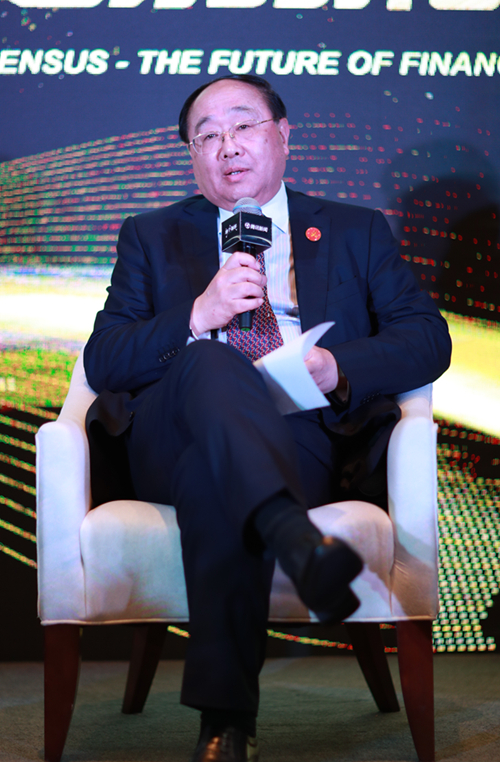
According
to LI, the tightening of financial supervision has increased regulatory costs
and affected part of normal bank and business operations. If overdone, it may even
defeat the purpose and increase financial risks. It is thus imperative to build
an ideal regulatory model that reasonably accommodates the needs for
development while fending off financial risks - the key is regulation, not burdensome
overregulation.
Stephen
P. Groff, Vice-President of the Asian Development Bank (ADB), also said that
financial regulation should be “neither too much nor little, but just right”.
This requires regulators to keep up with the development of the financial
sector, adopting sound macroeconomic policies and macro-prudential regulatory
framework.
Groff
underscored the need to distinguish between “vulnerability” and “risk” when
formulating regulatory policies, as they call for different responses. For
example, global connectivity may bring vulnerability in that it allows risks to
spread, but connectivity itself does not constitute a risk; monetary alliances
contribute to vulnerability, but they do not present risks—not until they are
ill-managed.
ZHU
Yunlai, former Vice-President and CEO of China International Capital
Corporation Limited (CICC), said that a number of countries have been easing credit
conditions since the 2008 financial crisis, fueling excess liquidity and
investment.
Once
the money is supplied, they will always be in circulation, particularly to
cycles of investment that easily leads to surplus, he explained. The solution
is to develop a scientific and systematic risk identification framework that
addresses both development and risks, “allowing businesses enough room for
growth while keeping risks to a manageable level.”
The
talk was followed by open discussions moderated by ZHOU Hao, Associate Dean at Tsinghua
PBCSF.